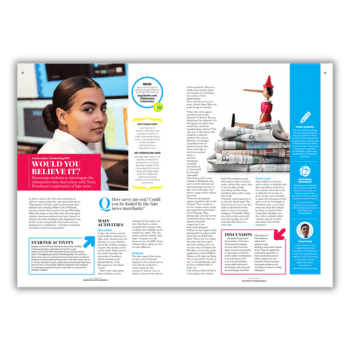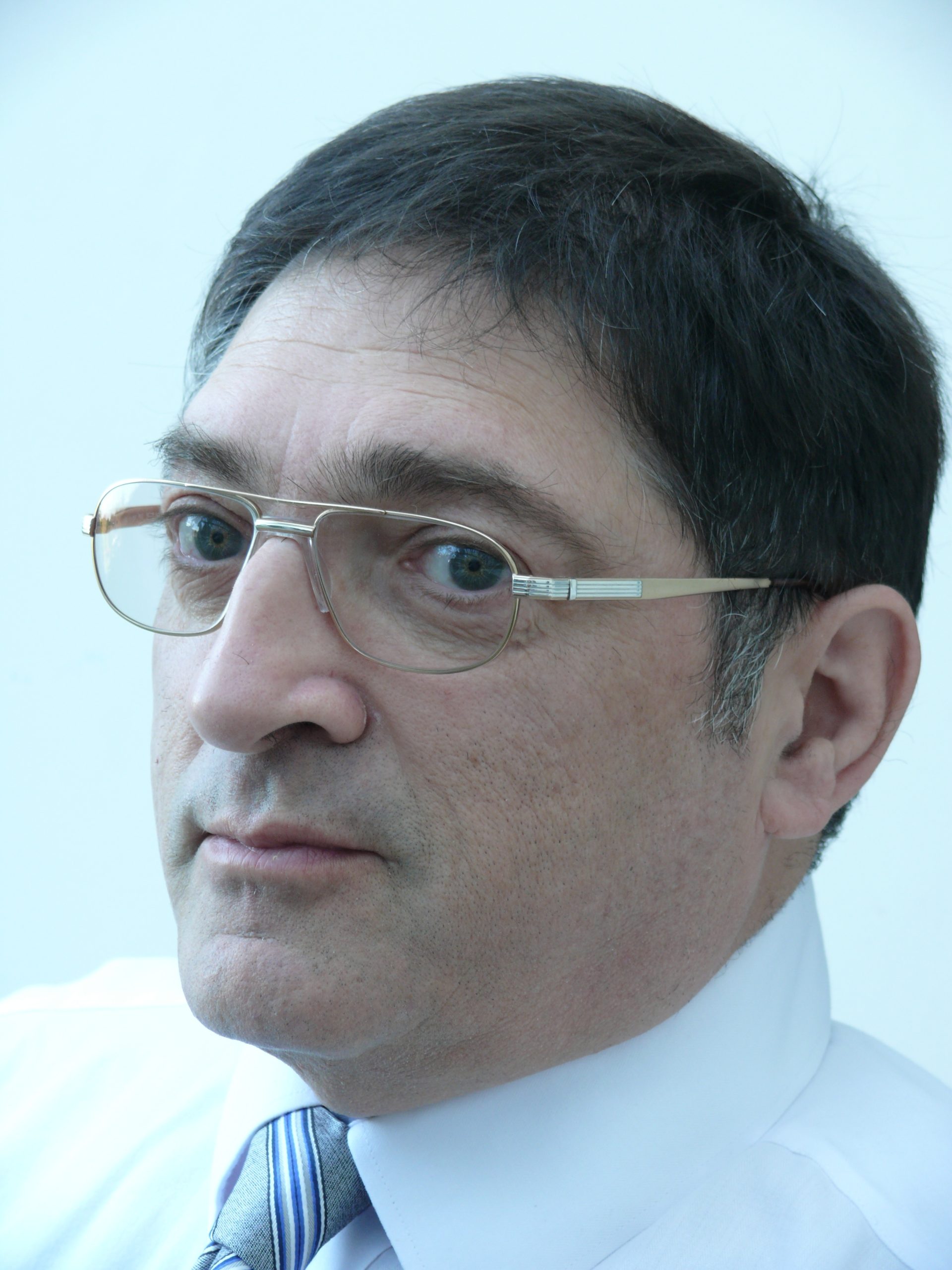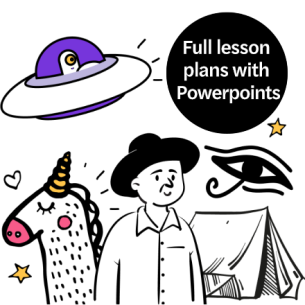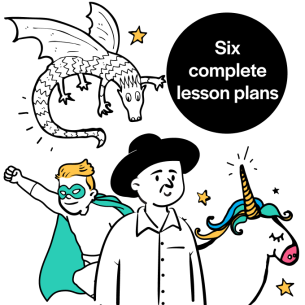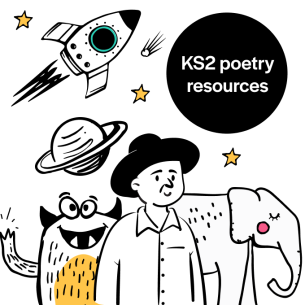Encourage students to interrogate the information they find online with Terry Freedman’s fake news lesson plan…
In 2016, a man in the USA drove hundreds of miles to a pizza restaurant and opened fire. In India, mobs lynched people they thought were abusing children, because of what they’d read on WhatsApp.
What this means is that fake news isn’t just about ‘gaming’ American elections or whether the moon landings really happened or not.
In fact, in the wrong hands, fake news can be as dangerous as a loaded gun. That’s something we need to teach our young people.
Why teach this fake news lesson?
Learning how to examine information will empower students to make informed decisions, and to avoid being victims of other people’s bad intentions or misguided humour.
Fake news lesson curriculum links
Although the national curriculum does not explicitly mention ‘fake news’, it does mention thinking critically is. The Computing PoS includes using technology safely, while the English PoS addresses thinking critically, as do Citizenship and History.
Starter activity
Display or print off and distribute this article about an Indianapolis Motor Speedway from The Onion.
The article is about how cars on a racetrack have to slow down to 20mph because a primary (elementary) school has been built next to it.
For ten minutes in pairs, pupils discuss how what they have learnt so far in computing might be applied to the situation. For example, would some sort of app help to improve the children’s safety?
Terry Freedman is an independent ed tech consultant and freelance writer who publishes the website ICT & Computing in Education and the Digital EDucation newsletter.
